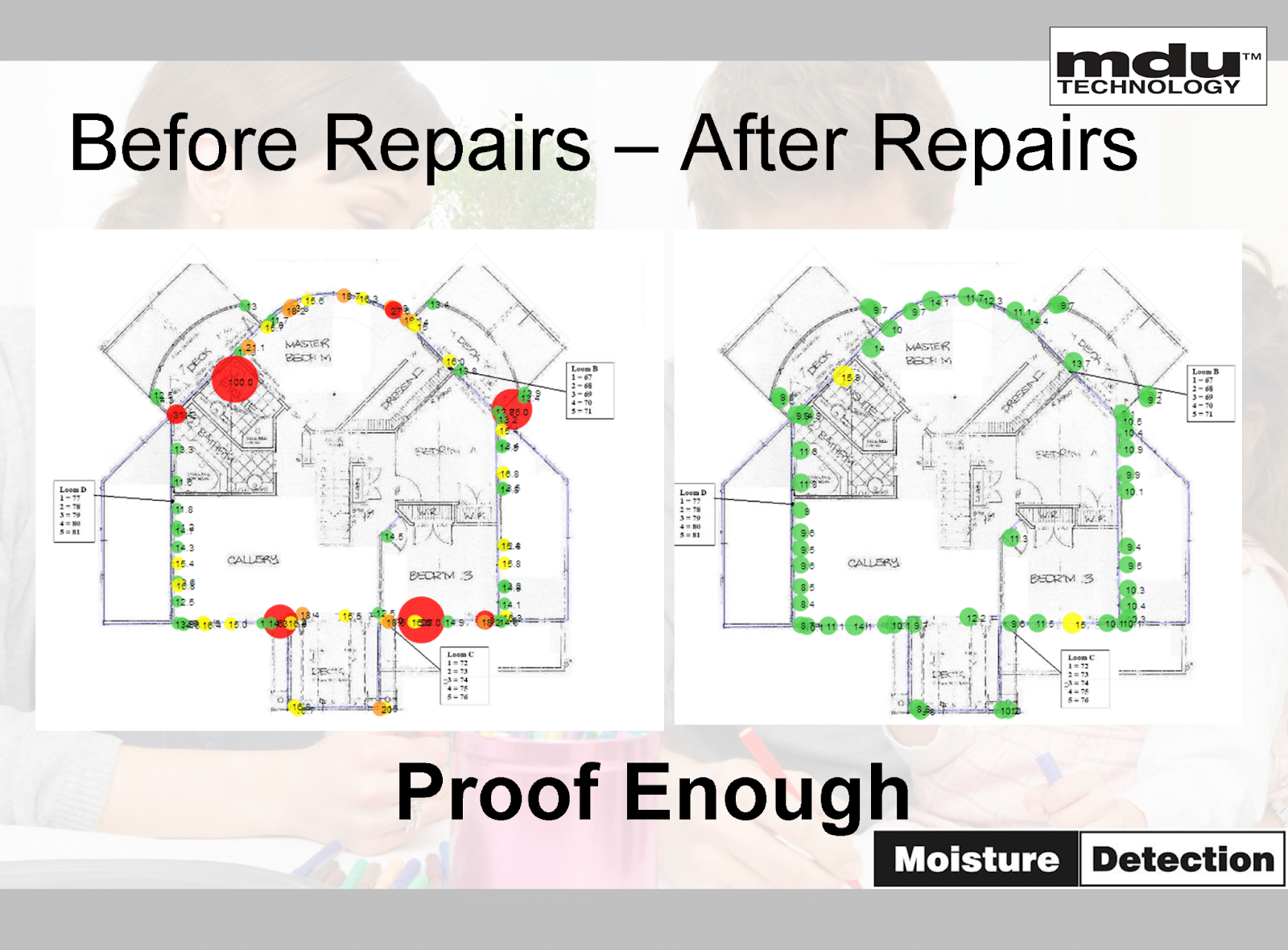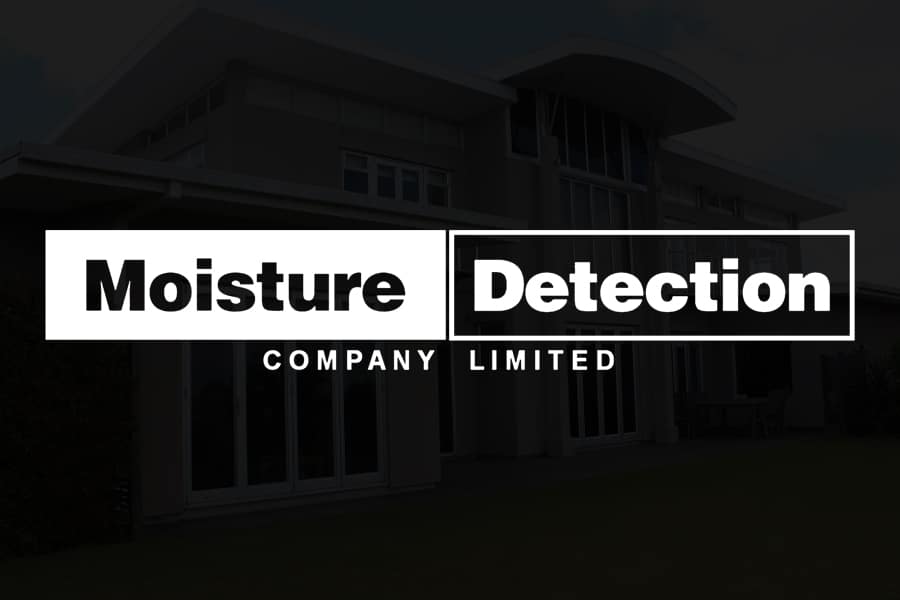Selling a plaster clad house can be a difficult and discouraging process.
Real Estate agents may be happy to just put your home up for sale and encourage you to take whatever the market is willing to give. However, you might be surprised at just how much information they are obliged to give your potential buyers. Click here to find out.
Many owners get a nasty shock when rock bottom offers come in, or sales keep falling through. They get despondent. They settle for less.
You think that your house is basically sound, but unfortunately, its value and desirability are affected by the stigma arising from the leaky home saga.
Everyone is most worried about risk – that your house leaks, that it has decay and that it will cost money and lose value.
When you reduce or remove the risk, your house will sell for more
However, there are Four Parties that you need to convince before your sale goes through

